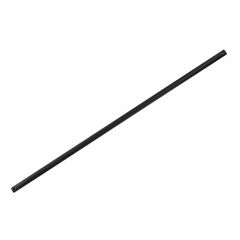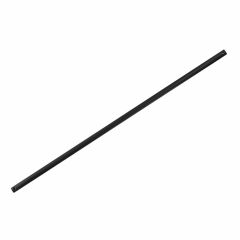A ceiling fan extension rod, also known as a downrod, is a crucial accessory used to adjust the hanging height of a ceiling fan from the ceiling. It is a metal rod that connects the fan's motor housing to the ceiling mount or canopy, allowing the fan to be positioned at an optimal distance from the ceiling surface. Extension rods come in various lengths and finishes to accommodate different ceiling heights and interior aesthetics.
By using a ceiling fan extension rod, you can customize the height of the fan to achieve proper air circulation and create an ideal airflow in your living space. This is particularly useful in rooms with high ceilings, where installing the fan too close to the ceiling might hinder its performance. Extension rods enable you to maximize the effectiveness of your ceiling fan while maintaining a comfortable and well-ventilated environment.
















































































